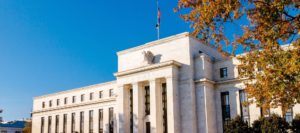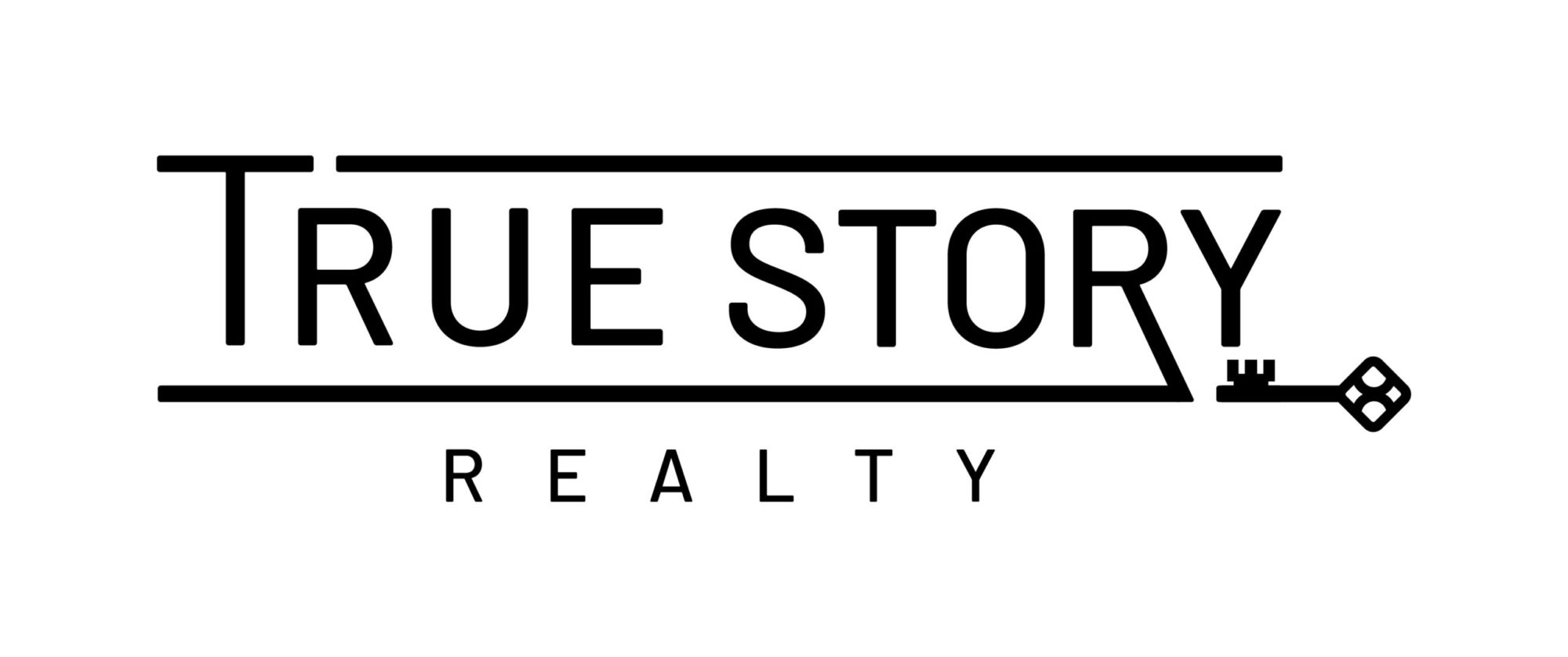Why the Fed lifted rates
The economy is still going strong. The unemployment rate is low (4.1 percent) and U.S. employers crushed economists’ expectations by adding 313,000 jobs in February, versus the anticipated increase of 200,000 jobs. The Fed has increased its forecast for GDP growth. In 2018, the economy is expected to expand by 2.7 percent, rather than 2.5 percent as projected in December. Meanwhile, the January jobs report indicated that average hourly wages in the past year had risen at the fastest pace since June 2009. The news left investors concerned about inflation and sent shockwaves through the markets, resulting in an increase in bond yields and a stock market correction, as major market averages fell more than 10 percent from recent highs. “We’ve been overdue for that type of market volatility,” says McBride. “We’d been almost two years without a stock market correction.” Although wage growth is improving, it’s still slow. And even though inflation currently remains below the Fed’s 2 percent target, the central bank raised short-term interest rates in part to keep the economy from eventually becoming too hot. “Recent strength in economic data and in the labor market gives the committee more confidence that inflation is on its way up to 2 percent,” says Steven Friedman, BNP Paribas Asset Management’s senior economist. “With that in mind, it’s in their interest to remove any remaining accommodation because down the road come 2019, they may have to target a restrictive policy stance in order to prevent an overheating.”
New kids on the block
Yellen isn’t the only person who has recently left the FOMC. In addition to a new Fed chair (note that Powell has actually been on the committee since 2012), there are several new voting members. The shift in the makeup of the Fed’s rate-setting committee—and the fact that there are some openings—could potentially result in a faster increase in short-term interest rates. “You have a thinly staffed board, currently,” Friedman says. “So in a sense that swings the power a little bit toward the regional Fed presidents. The voting of the regional Fed presidents tend to be a little more on the hawkish side.”
Prepare for more rate hikes
Today’s rate hike won’t be the last one you’ll see in 2018. That means borrowers need to eliminate debt before it becomes more costly. “Variable-rate debt is going to continue to stick out like a sore thumb. So you need to be aggressive about paying it down,” McBride says. “Credit card debt, home equity lines of credit, adjustable-rate mortgages—you need to address those now.” If you’re burdened by credit card debt, consider low-rate balance transfer offers, McBride says. If the biggest thorn in your side is a HELOC, see if you can refinance into a fixed-rate home equity loan. Or look for another one that lets you pay down debt at lower rates. Investors, buckle up and prepare to face additional volatility. Making impulsive moves in reaction to what’s happening in the markets generally isn’t a good idea. But according to a recent Bankrate survey, investors have shown that they’re capable of keeping a cool head in the midst of volatility. “If you hang in there and better yet have the discipline to buy more during a market pullback, you’re ultimately rewarded for that,” McBride says. “The biggest thing for investors is just to resist the urge for any knee-jerk reactions that can have negative long-term consequences for your financial standing.”
Better days ahead for savers
Banks, particularly those who operate online, have been steadily raising rates for savers since last year. Fed rate hikes don’t immediately cause yields tied to savings accounts and certificates of deposit (CDs) to rise, so additional boosts in interest rates for depositors may take time. “The top-yielding, nationally available savings account yields have jumped from 1.5 percent to 1.85 percent since the last hike in December. With this rate hike and more to come, the arms race will continue and savvy savers stand to benefit,” says McBride. Still, consumers looking to earn extra interest should be doing some comparison shopping. The best 1-year CD rates, for example, are well over 2 percent APY.






